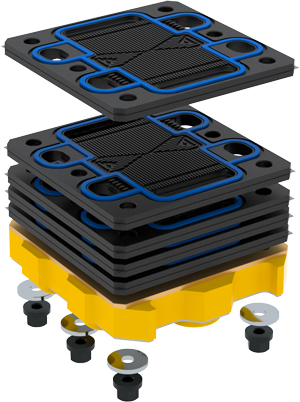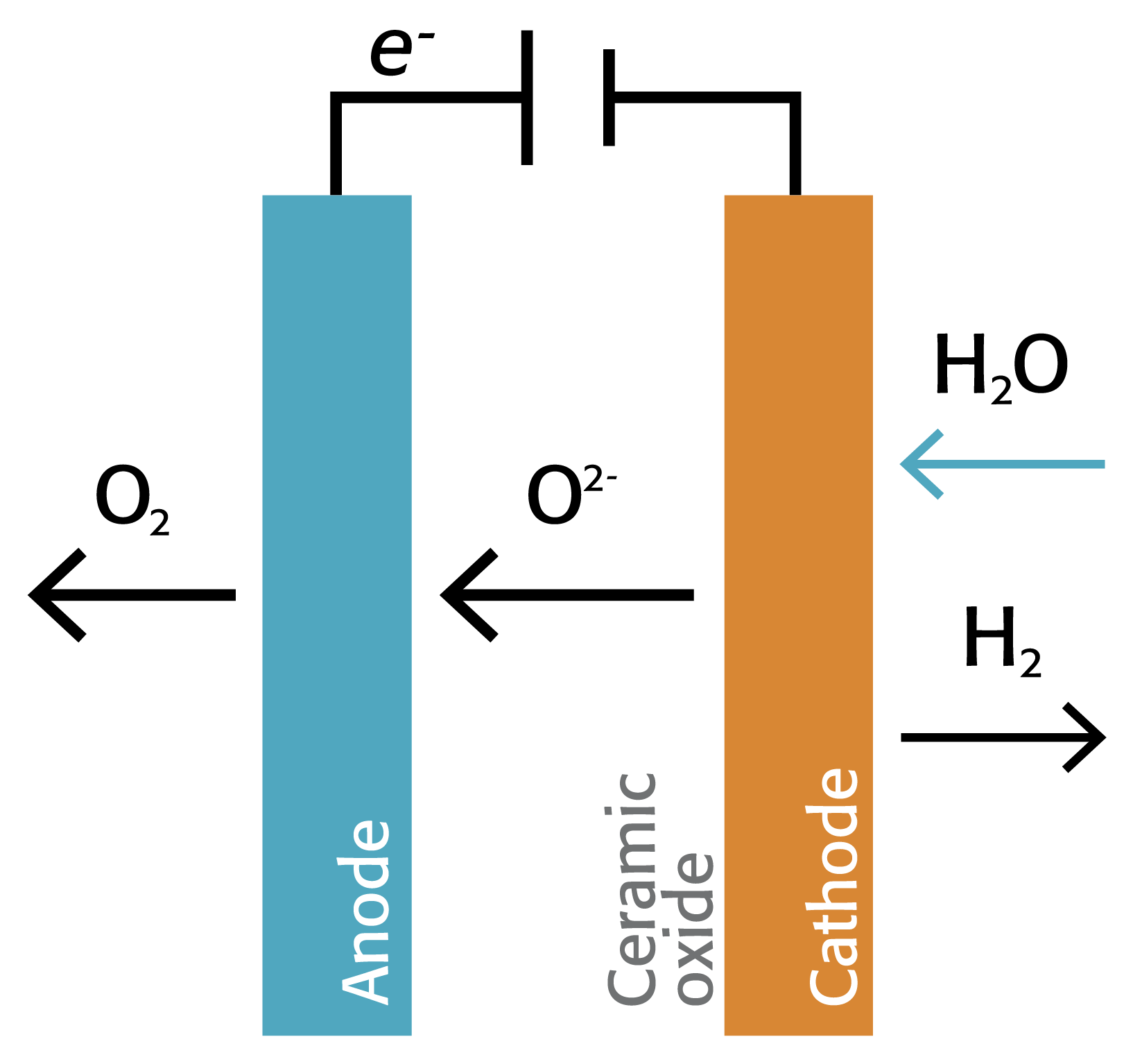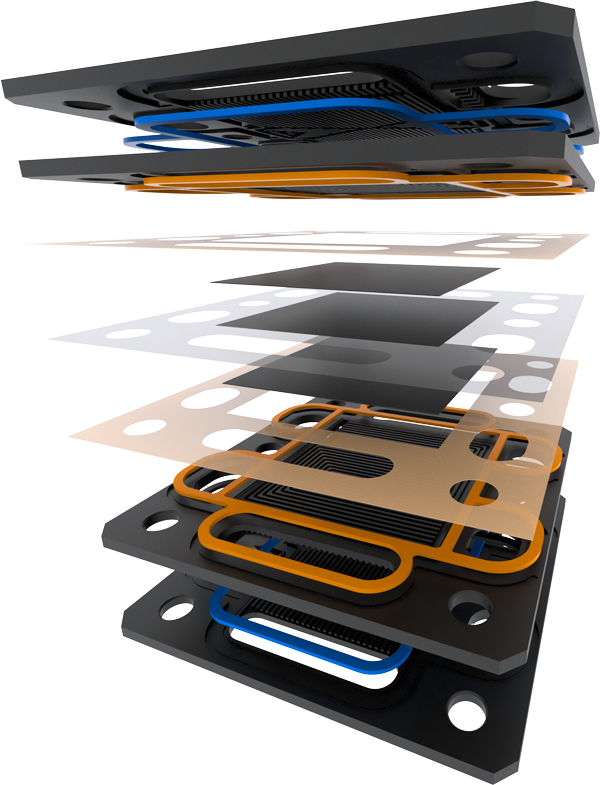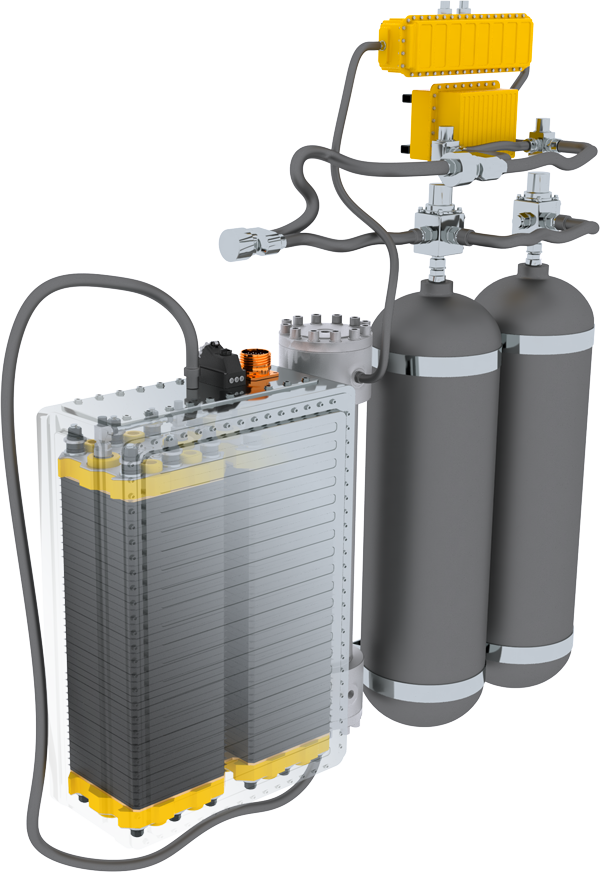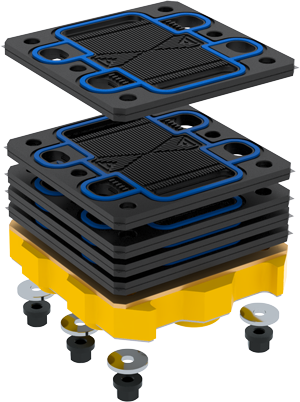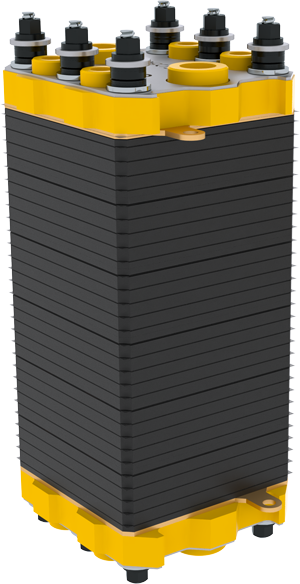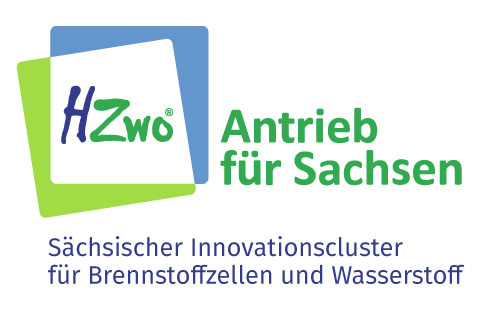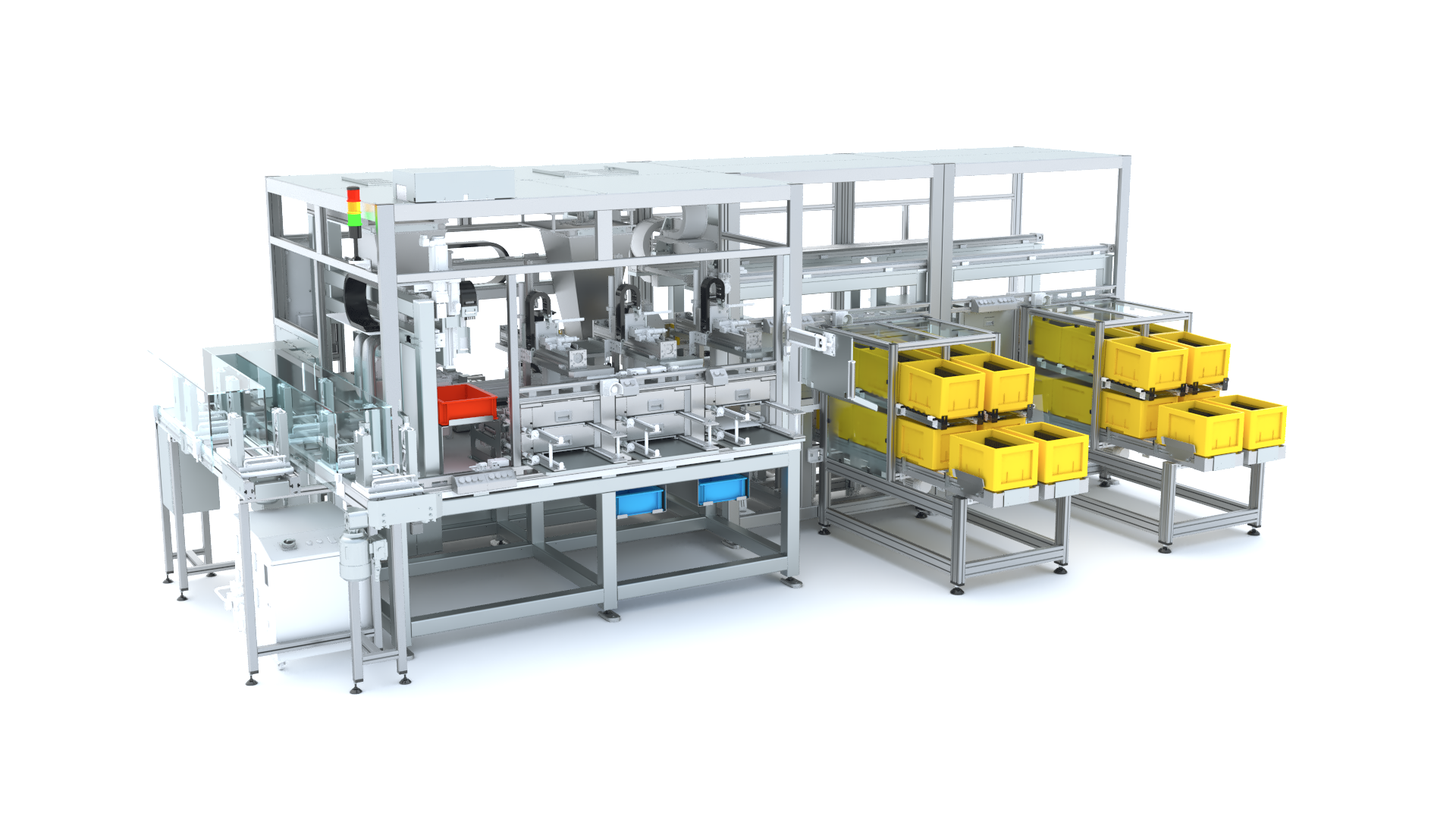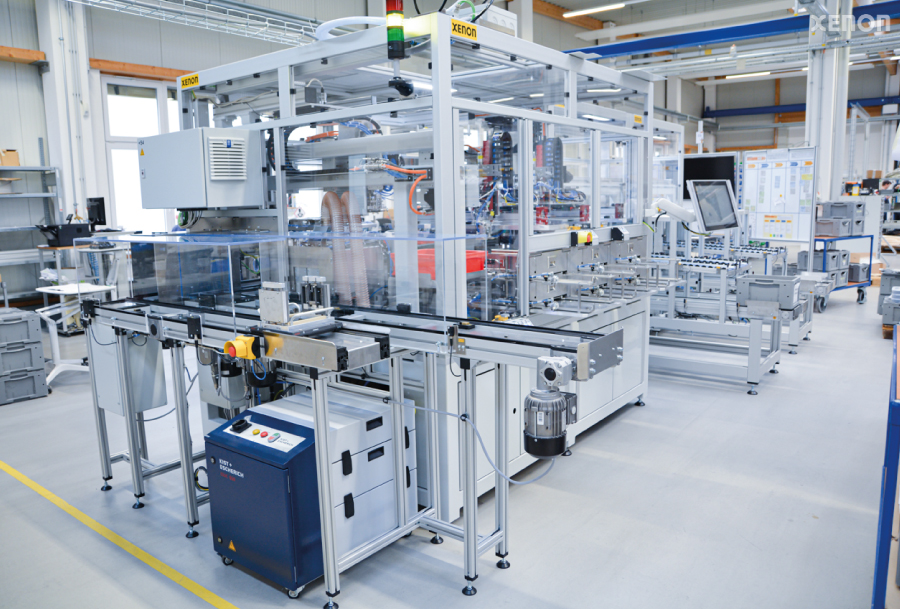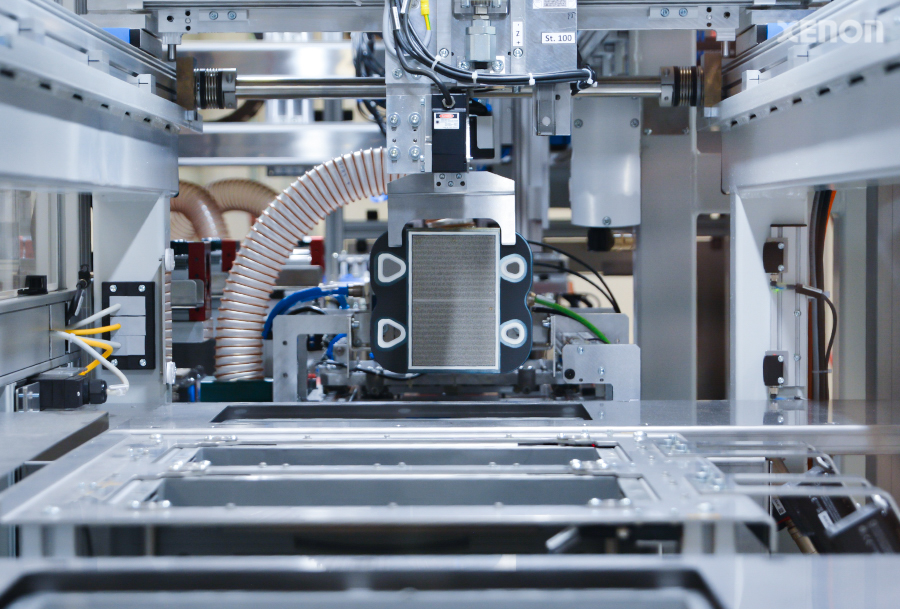Assembly Automation
for SUSTAINABLE
Energy Solutions
Assembly lines and test equipment for fuel cells and electrolyzers
A sustainable mobility and power supply depend on new energy sources and carriers. Climate change is forcing politics, science and industry to rethink and is driving the development of innovative technologies to a considerable and sustainable level.
Hydrogen as an energy carrier and fuel cell systems as alternative forms of propulsion can pave the way to climate neutrality.
XENON is committed to proactively shaping the energy transition. As a leading automation specialist, we design and develop automation equipment for the series production of fuel cell systems.
To meet this goal, we rely on an extensive process know-how and a broad technology portfolio and cover the entire value chain: from component manufacturing to stack and system assembly.
Hydrogen Technology & Stack Components
HOW IT WORKS
An electrolyzer uses electrical energy to break down water or water vapour into its components hydrogen and oxygen.
Common technologies for hydrogen production by electrolysis are
- Alkaline electrolysis
- Proton exchange membrane electrolysis (PEM)
- High-temperature electrolysis
Contributing our expertise of more than 30 years in fast-cycle assembly lines and changeable production systems to the new business area and helping to solve one of the most important problems of our time is a rewarding challenge.
Dr. Hartmut Freitag
Senior Vice President, XENON Dresden

Model: TU Chemnitz - Open Source Stack
Application fields for electrolysis and fuel cells
STATIONary
INDUSTRy supply
- Hydrogen generation
- Uninterruptible power supply (UPS)
- Energy and heating systems for homes
- Industrial energy supply
MOBILe
Drive Technology
- Passenger cars
- Commercial vehicles (CMV)
- Buses
- Trains
- Ships
transPORTABle
Energy Storage
- Emergency power generators
- Energy supply for systems and machines
Assembly and Test Automation for the entire Value Chain
As a leading automation specialist, we design and develop automation equipment for the series production of fuel cell and electrolysis systems.
High-Speed Stacking and Testing Technologies for Fuel Cells and Electrolyzers
Maximum Speed – Maximum Accuracy & Modular Plant Concepts – Scalability on Demand
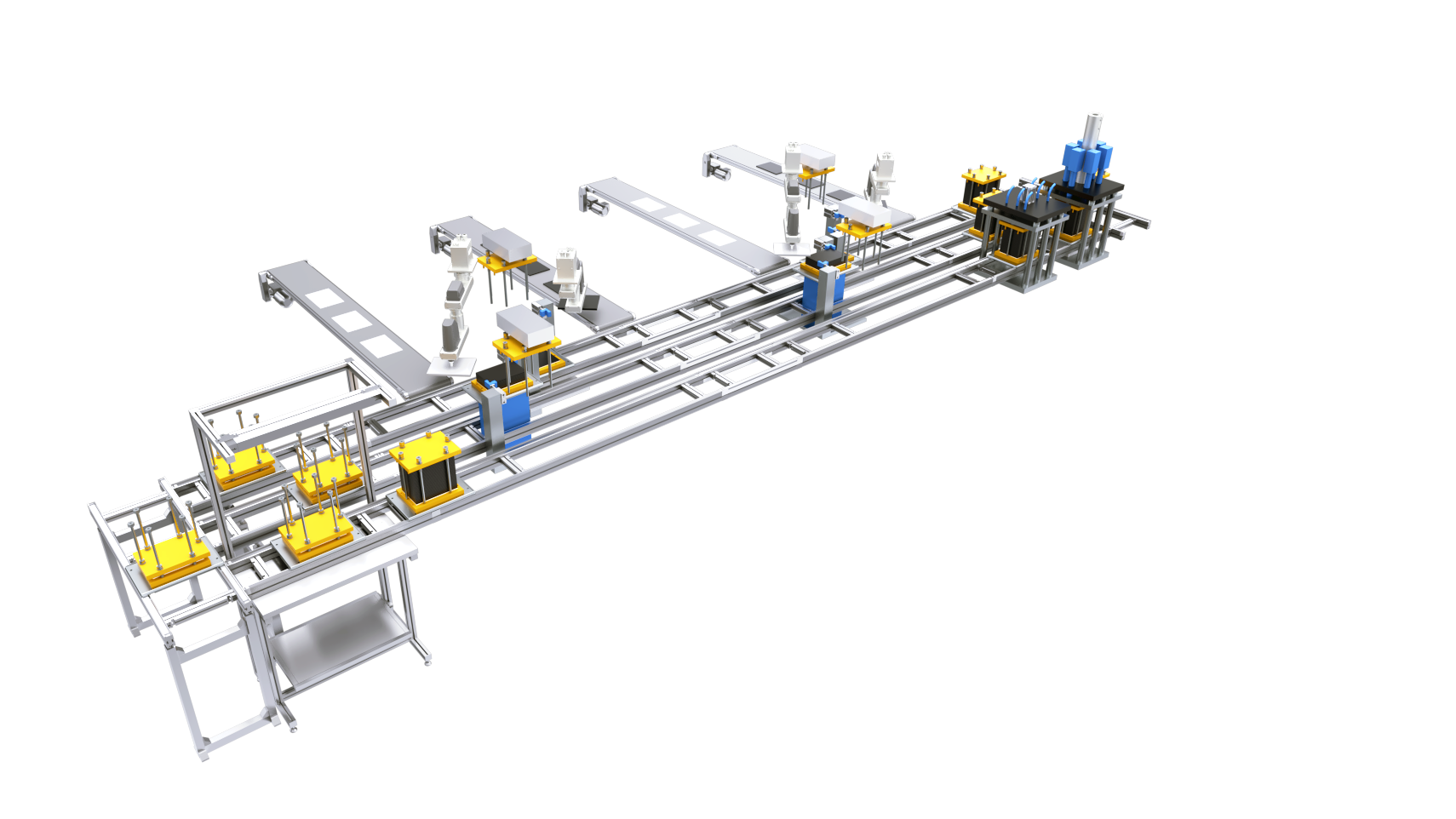
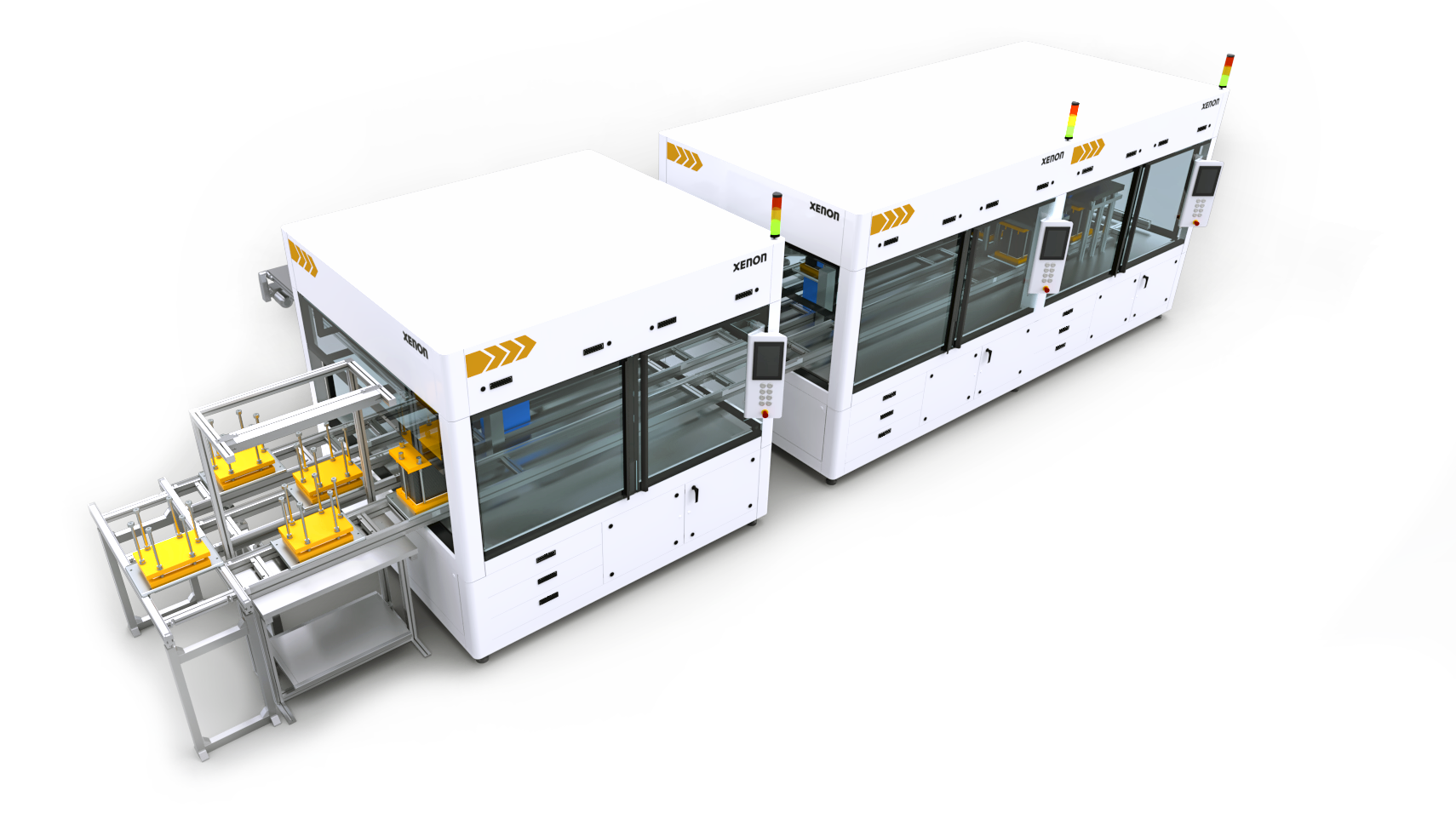
"Investing in hydrogen is investing in our future. In climate protection, in qualified jobs and in energy supply security."
Robert Habeck, Bundesminister für Wirtschaft und Energie
Our Key Technologies for Fuel Cells and Electrolyzers
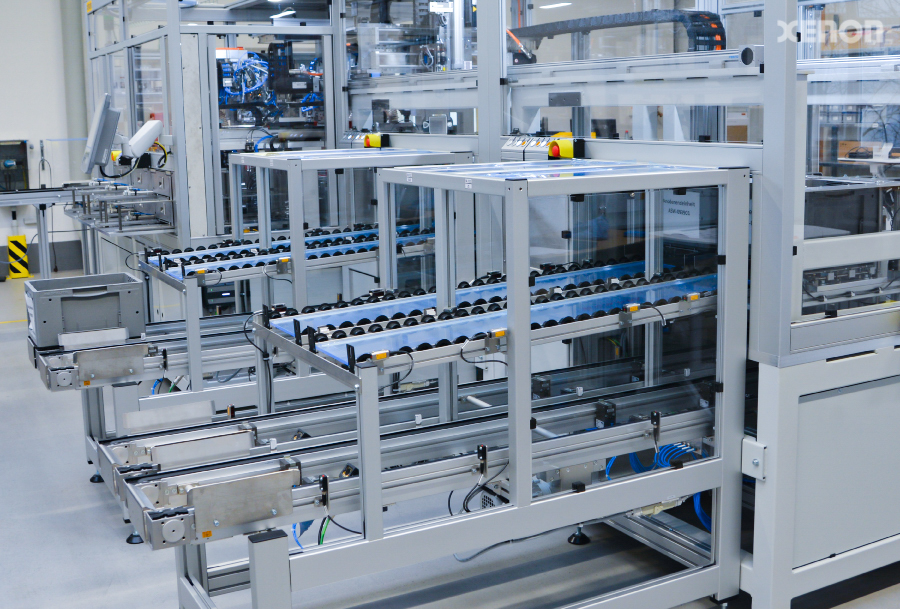
Feeding
Linear-Transfer-System, Band Transfer System, SCARA Robots, 6-axis robots
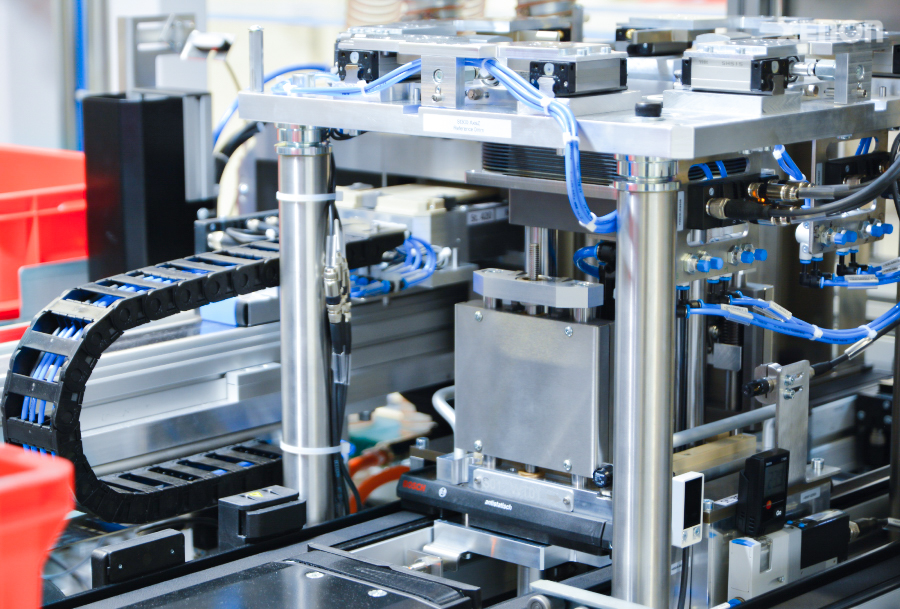
Stacking
SCARA robots, 6-axis robots, Multi-axis gantry systems, High-speed pick and place systems
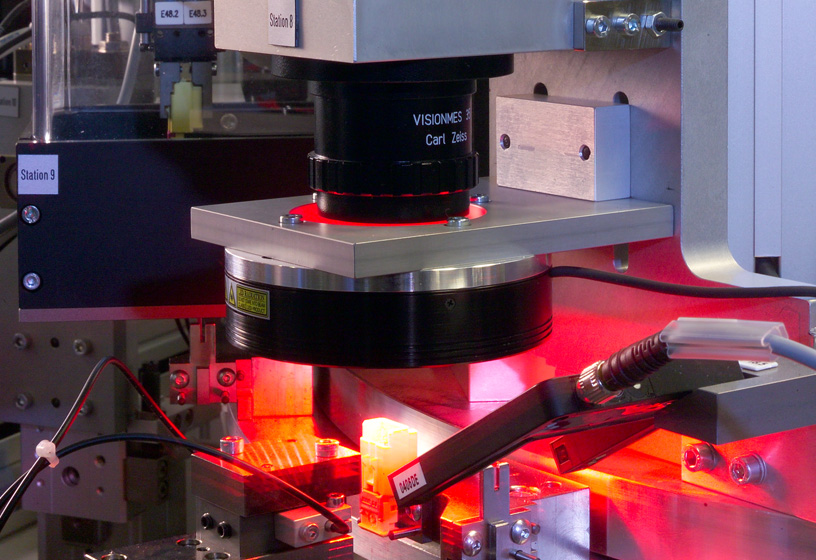
Testing
Vision control (AOI), Quality control, Leak tests, Flow-rate tests, Electrical tests, End-of-line tests, Force and distance measurement
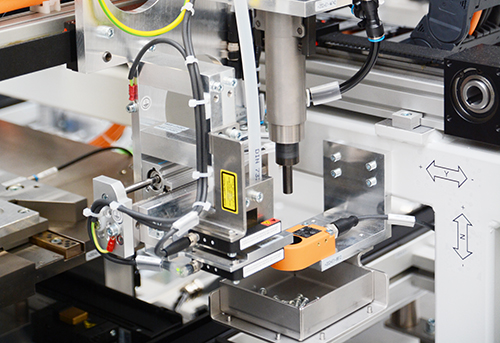
Screwing
Member- and Partnerships
Together we work with a wide range of partners from industry and research. This enables us to find new innovative approaches for a faster, more efficient and more cost-effective large-scale production of green hydrogen.
Only through collaboration and joint efforts we will be able to continue to push the current boundaries of hydrogen technologies to reach the goal of a more sustainable future.
Reference Projects
Fully automated assembly of a fuel cell stack
Customer product
Fuel cell stack
Automation requirements
- Handling of extremely thin material / flexible components
- High precision in positioning the stack / individual layers
- Mechanical centering of thin-walled fuel cells without breakage
- Automated clamping of the stack in the workpiece carrier
- 100% quality and traceability

